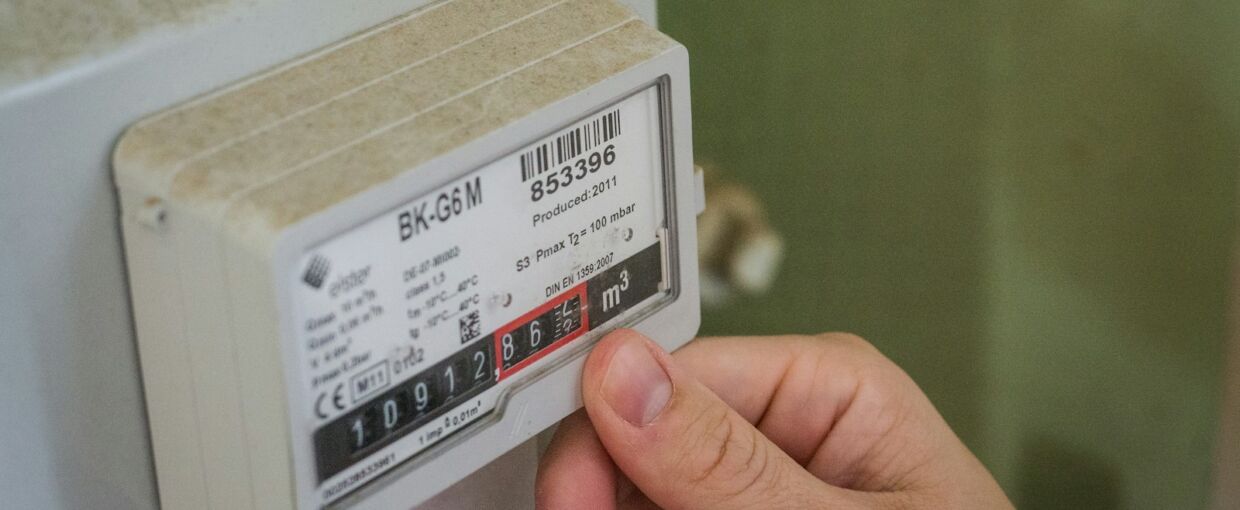Trying to manage your monthly budget can be hard enough without throwing energy bills into the mix. That’s why we’ve put together a simple guide to help you understand how your student bills are calculated. Let’s dive in…
What to expect from a tariff?
Tariffs vary by energy provider but there are a few things that stay the same. Your tariff will be broken down into two different sections; daily standing charges and cost per unit.
What’s a daily standing charge?
A daily standing charge is a fixed price that is charged every day, regardless of energy consumption.
How do costs per unit work?
You will be charged for each unit of energy your household uses (kwh for electricity and m3 for gas).
How do I calculate my monthly costs?
Calculating your energy costs couldn’t be easier! All you need to do is times your standing charge cost by the number of days that month and add the cost per unit amount used across that time. You can monitor your energy consumption closely by keeping a record of your meter readings.
Is it possible to lower my energy expenses?
To save money, you need to consider how you cam change your habits. Start simple and turn off lights and appliances when you’re not using them. You can always step up your energy-saving game by bulk cooking meals, studying offline, or taking shorter showers. Remember that every unit you manage to reduce, you’ll also be lowering your monthly costs.
If you found this blog useful then you may want to catch us on Tiktok or Instagram, where we share a load more tips and advice for uni students. The Student Energy Group are here to help students save time, stress less, and budget more easily by having all your payments in one student bills package. We hope you join us on our journey.



